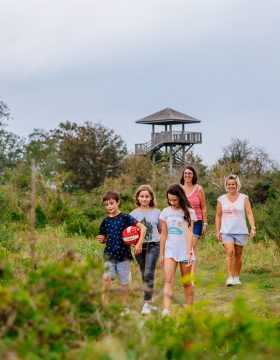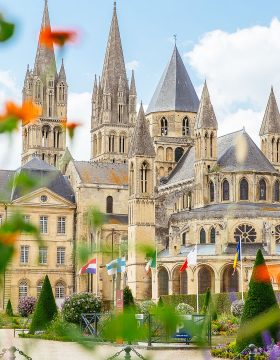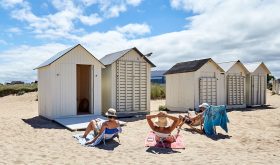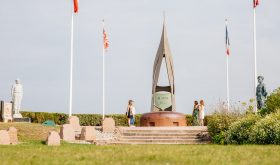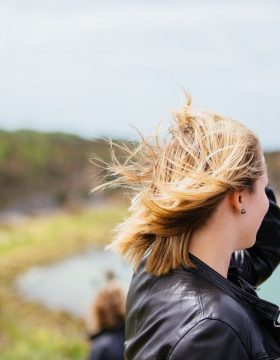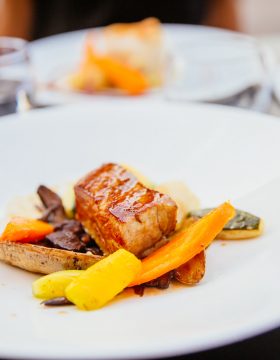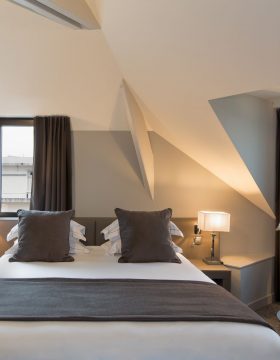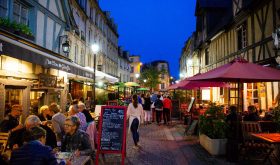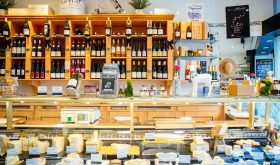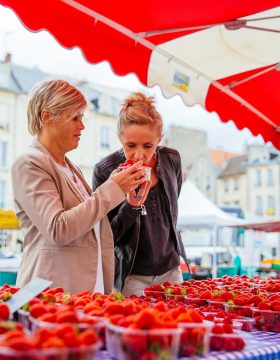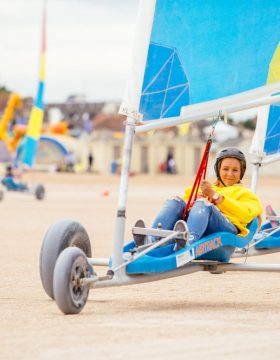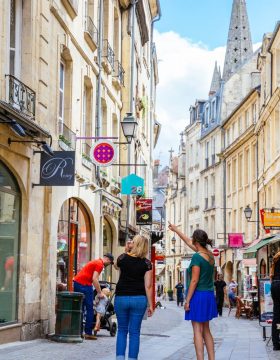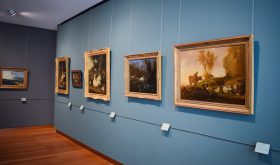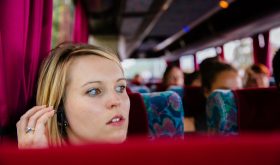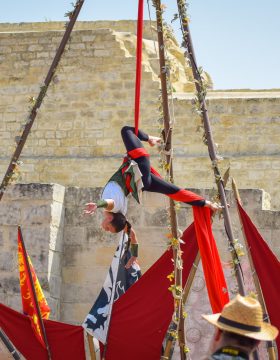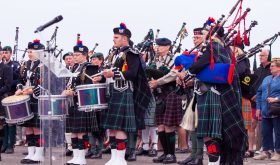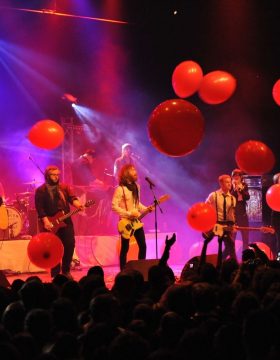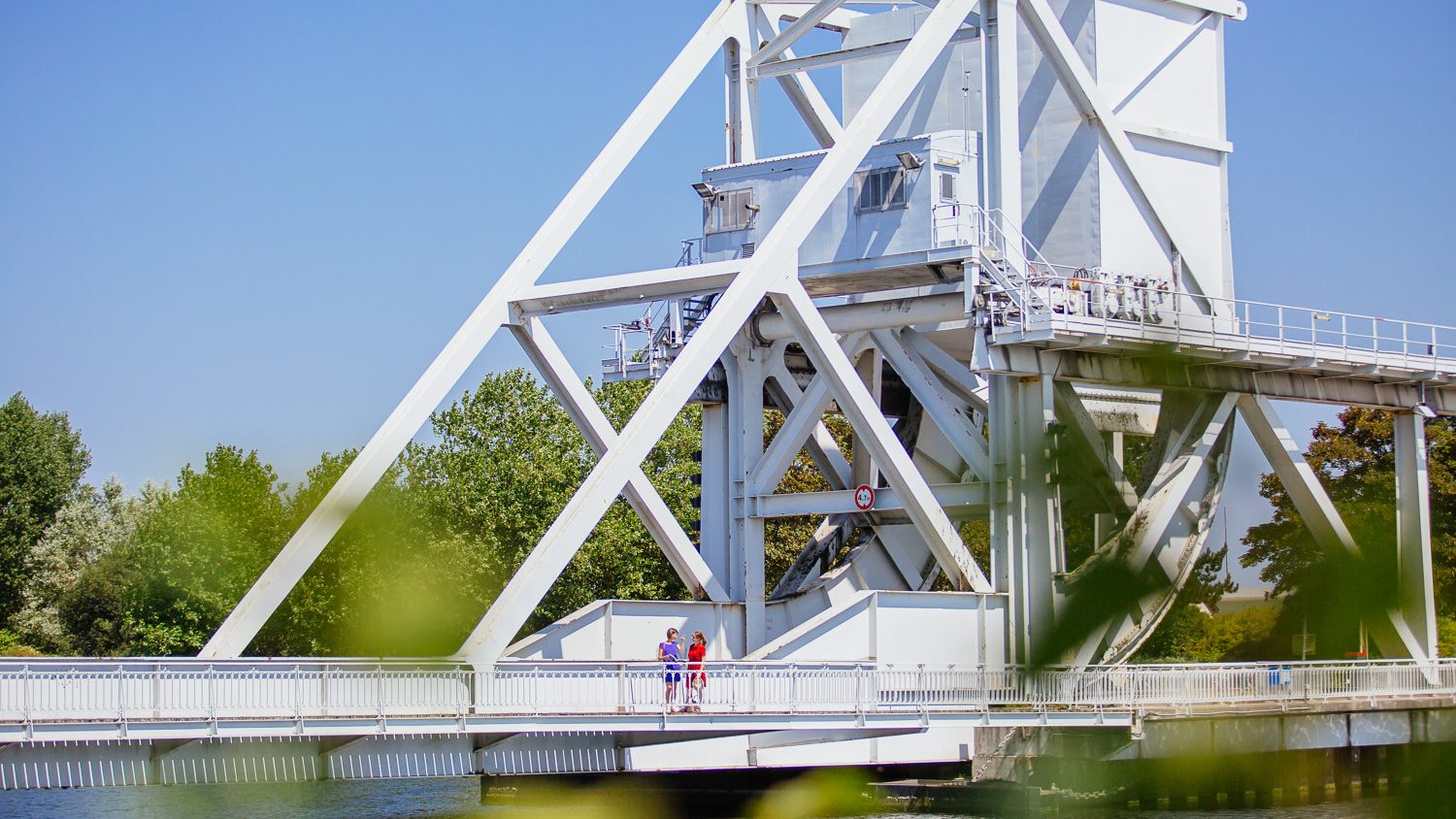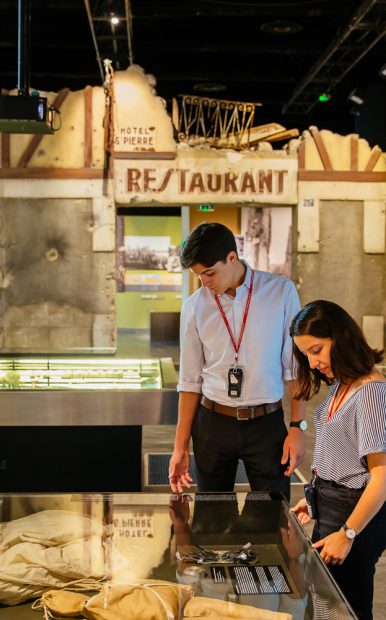On the morning of 6 June 1944, the Pegasus Bridge military operation began! The city of Caen was liberated by the British. To understand all about the Liberation, visit the Pegasus Bridge site, the Memorial and the cemetery in Ranville. Enjoy a break and a meal in the first house to be liberated in France, the Café Gondrée.
A visit to the Pegasus Bridge site and Memorial
At 00.17 a.m., on 6 June 1944, the British parachutists of the British 6th Airborne Division dropped from the sky to liberate Bénouville Bridge from the Germans, between Caen and Ouistreham. Led by Major Howard to the sound of the bagpipes played by Bill Millin, the British crossed the bridge and accomplished their mission: to liberate the city of Caen! The operation was only named “Pegasus Bridge” after the attack, 20 days later, in homage to the emblem of the British parachutists, the winged horse, Pegasus.
Today, you can see the original bridge at the site, a few yards away from the identically reconstructed bridge that is now used for traffic. Inside the Memorial, a wide range of objects are exhibited, including medical equipment, fragments from gliders, Major Howard’s red beret and even Bill Millin’s famous bagpipes! Before you leave, don’t miss the very realistic film about the Pegasus Bridge operation!
The museum also houses the reproduction of a Horsa glider used during the operation, as well as a Bailey bridge, a prefabricated bridge used by the army. When you go to the site, you can even see the exact spots where the gliders landed!
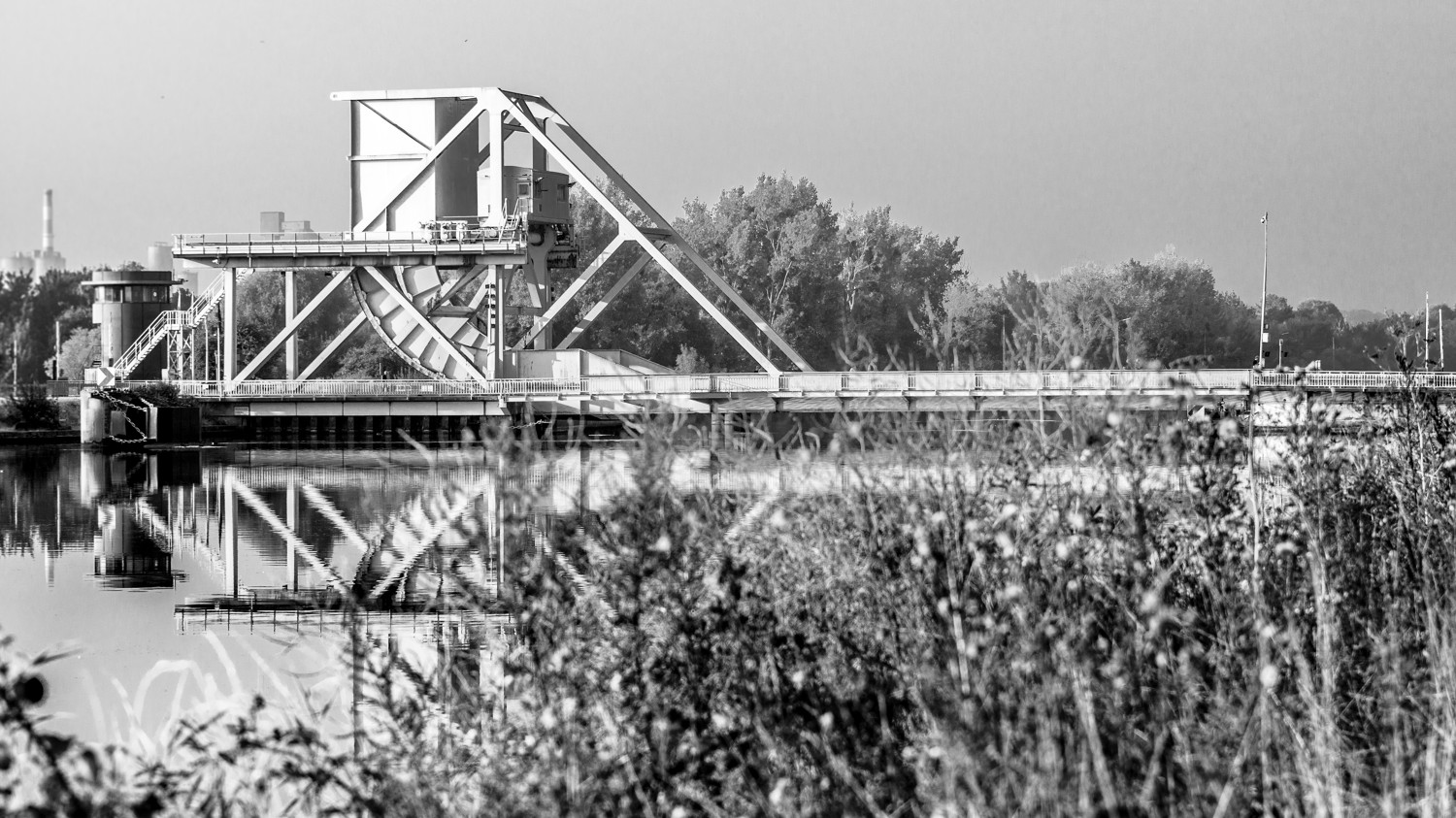
“Hold on until you are relieved…”
These were the memorable words spoken by Major Howard during the Pegasus Bridge operation. The museum also had a memorial stone made in homage to him and can be seen on the site.
The Café Gondrée, a legendary D-Day site!
The Café Gondrée is just opposite Pegasus Bridge. On 6 June 1944, this small café owned by Thérèse and George Gondrée was the first house in France to be liberated! The café was then turned into a hospital, where Thérèse took on the role of a nurse to care for the soldiers arriving from Sword Beach.
Take the time to visit the Café Gondrée, a typical Normandy red-brick house and a landmark of the Pegasus Bridge operation. Flags decorate the café façade and the café sign has been changed to “Pegasus Bridge Café Gondrée”. Inside, there are many photos of the family and soldiers displayed on the walls.
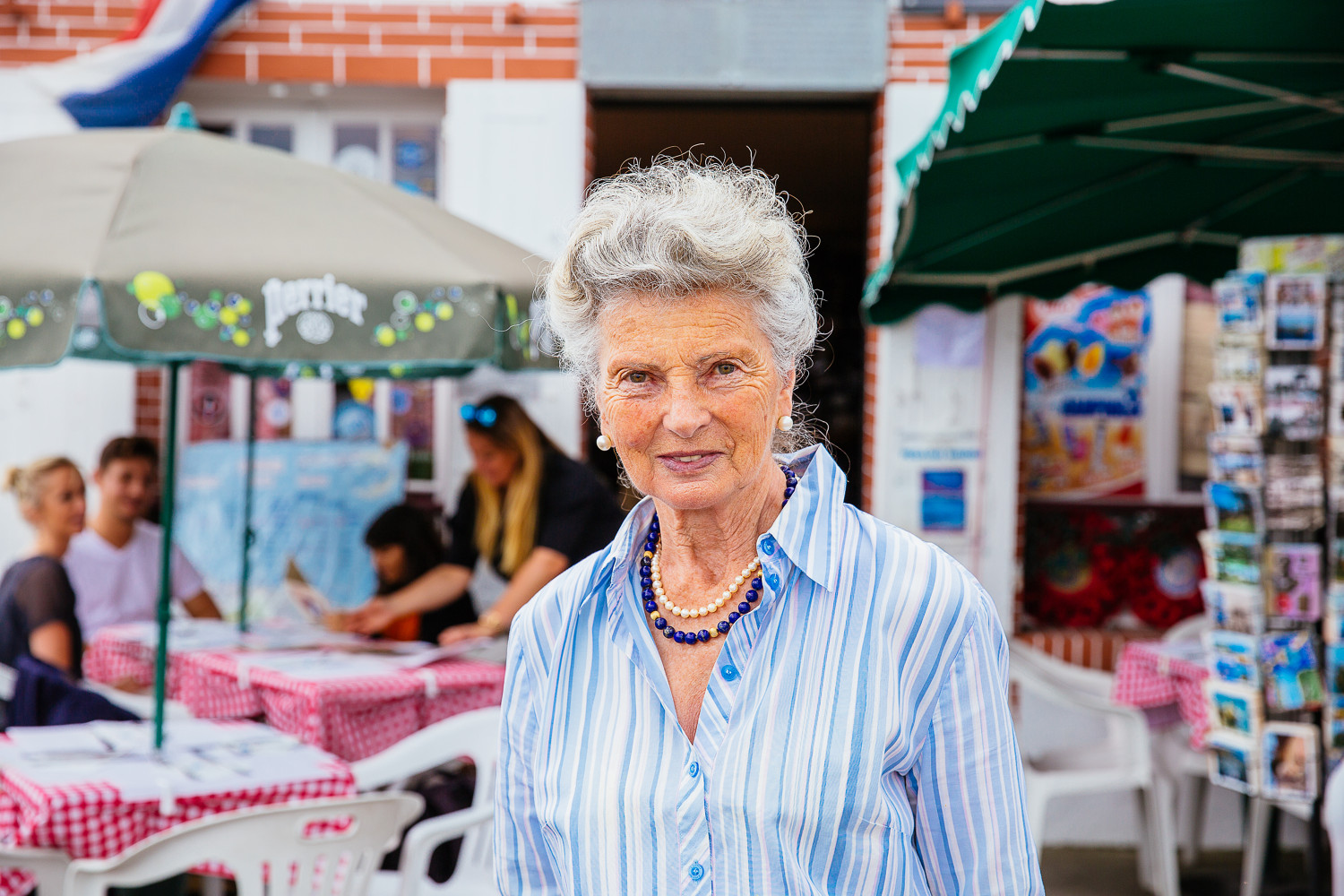
Here, you can meet Arlette, the current owner and the Gondrées’ daughter, who can still recall the day the café was liberated.
Have a coffee on the terrace and enjoy the famous quick house omelette while looking out towards the bridge, the Caen canal and the sea.
The Ranville Cemetery, a place of memory
The second biggest British military cemetery in Normandy is in Ranville. 2564 soldiers are buried in Ranville Cemetery. Near the church, you can see the memorial stone to Lieutenant Brotheridge, the first British soldier to fall at Bénouville Bridge during the Pegasus Bridge operation on 6 June 1944. He is buried alongside four of Kieffer’s commandos.
Other men of several different nationalities are buried in this military cemetery: Australians, Canadians, New Zealanders, French, Polish, Belgians and Germans. The youngest man buried in Ranville Cemetery was not yet 16 years old.
